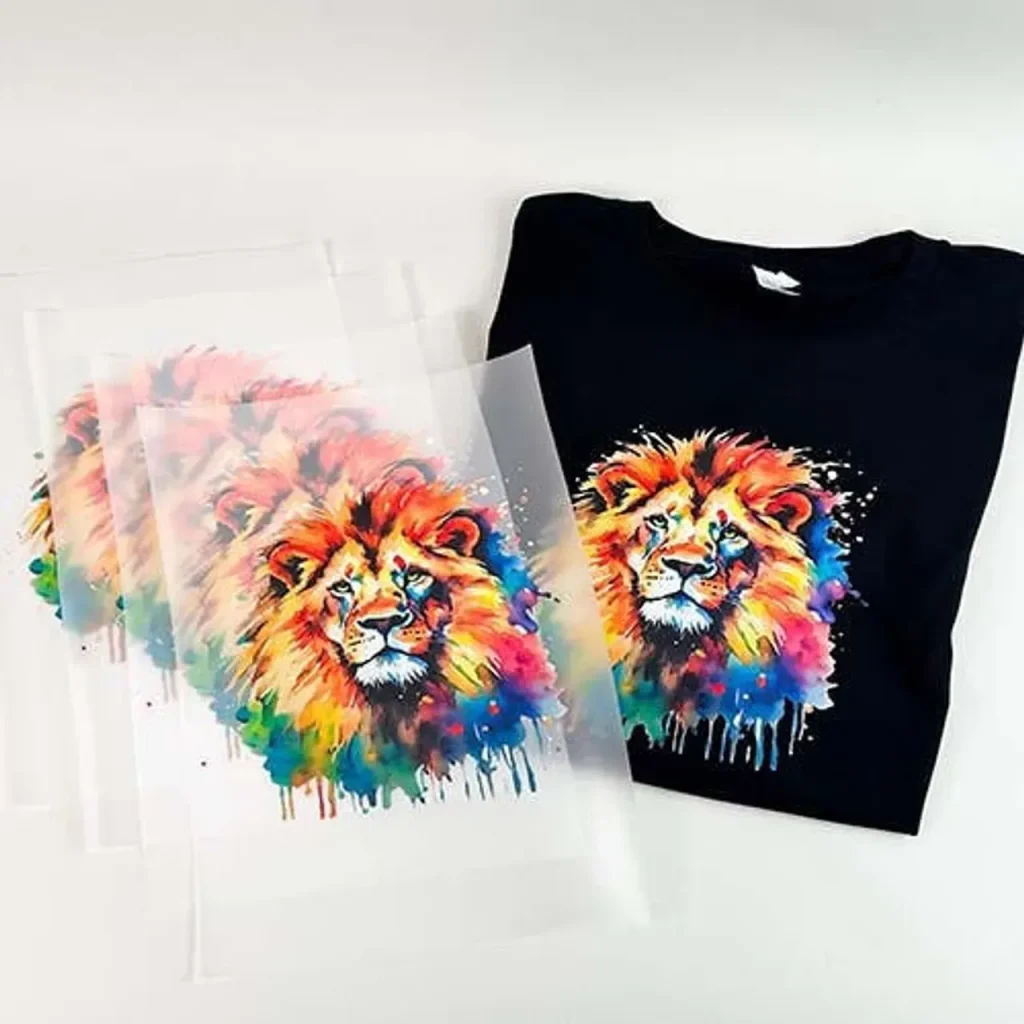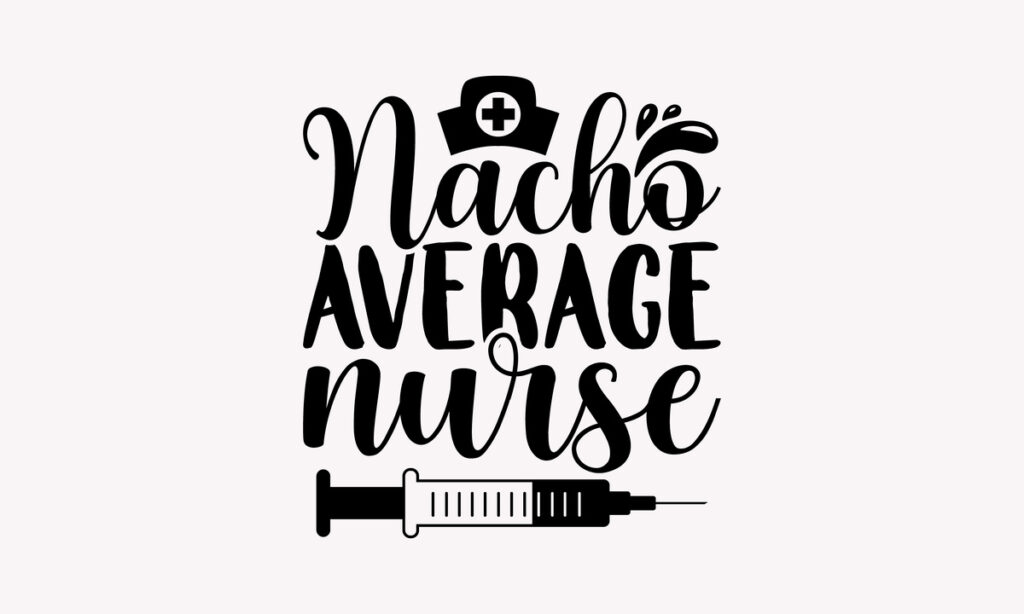In the vibrant world of textile printing, DTF transfers, or Direct-to-Film transfers, are revolutionizing the way designs are applied to fabrics. This innovative printing method has gained remarkable popularity among both hobbyists and industry professionals, thanks to its versatility and high-quality results. If you’re keen on customizing apparel, understanding DTF transfers can be a game-changer for your creative projects. Our DTF printing guide will offer valuable insights and practical tips to help you navigate the intricacies of this exciting technique. Get ready to explore DIY DTF transfers that bring your visions to life, all while ensuring you’re equipped with the best DTF printer recommendations.
At its core, this transfer method, often referred to as Direct-to-Film printing, utilizes a specialized film to reproduce images ready for application on various textiles. Enthusiasts of DIY apparel and custom design are drawn to this technique because it allows for vibrant prints without the complexity associated with traditional methods. Furthermore, by following the latest DTF printing tips and guidelines, both beginners and experienced printers can achieve excellent results. The accessibility and growing community support surrounding DTF make it an ideal choice for anyone looking to delve into the world of textile printing. Whether you’re seeking to enhance your small business or simply explore your artistic side, DTF printing opens up a plethora of creative possibilities.
Introduction to DTF Printing Techniques
DTF printing, or Direct-to-Film printing, is a revolutionary method that enables artists and entrepreneurs to transfer intricate designs onto a variety of fabrics. This technique utilizes a specialized film that captures vibrant colors and fine details, making it suitable for both intricate artwork and crisp text. As the demand for custom apparel surges, understanding the nuances of DTF transfers becomes crucial for those looking to enter this competitive market.
For both beginners and seasoned professionals, the ease of using DTF methods is one of its primary attractions. Unlike traditional methods—such as screen printing, which can be labor-intensive and time-consuming—DTF printing is more accessible, allowing individuals to achieve high-quality results with less effort. Crafting unique clothing and merchandise has never been easier, and as such, DTF printing is quickly becoming the go-to choice for DIY enthusiasts and small business owners alike.
Essential Tools for Successful DTF Transfers
To embark on your DTF printing journey, having the right tools is paramount. Central to the DTF process is a high-quality inkjet printer compatible with DTF inks. Brands such as Epson and Brother are widely recommended in the DTF community for their reliability and exceptional print quality. Alongside your printer, a heat press that can provide consistent temperature and pressure is essential for correctly applying the transfer film to the fabric.
Additionally, investing in DTF transfer film and DTF powder adhesive is critical for the success of your projects. The film serves as the canvas for your designs, while the adhesive facilitates a strong bond between the print and the fabric, ensuring durability over time. By gathering these essential components, you can lay the foundation for producing stunning DTF transfers that will truly stand out in the market.
Preparing Your Designs for DTF Printing
Design preparation is a critical step before beginning DTF printing. To guarantee that your final product is of professional quality, start by creating your designs at a minimum of 300 DPI (dots per inch). Utilizing graphic design software, such as Adobe Illustrator or CorelDRAW, enables you to manipulate your artwork precisely, ensuring that the colors are vibrant and the details are sharp for successful transfers.
Another important consideration is the type of fabric that you choose for your DTF prints. Fabrics such as cotton and polyester blends tend to provide the best results, as they hold the DTF inks effectively and enhance the overall print quality. Pre-treating your fabrics with DTF powder adhesive can further optimize the transfer’s durability, making it essential to pay attention to material selection during your preparation phase.
DTF Application Methods and Techniques
Applying DTF transfers is an art in itself, requiring careful attention to detail to achieve the best results. After printing your design onto the DTF film, the next step involves sprinkling the DTF powder adhesive evenly onto the printed area. This crucial step ensures that the design adheres properly to the fabric during the heat pressing process, enhancing both the longevity of the print and its overall appearance.
When you are ready to apply the transfer, preheat your heat press to around 320°F (160°C). Ensure that you press the transfer for the recommended 10-15 seconds while applying consistent pressure. This meticulous approach guarantees that the design bonds well with the fabric. Once the time is up, allow the transfer to cool slightly before peeling the film away. Mastering this application technique will significantly improve the quality of your DTF prints.
Troubleshooting Common DTF Printing Issues
Even experienced DTF printers sometimes encounter challenges that can affect their print quality. One of the most common issues observed is clogging in the printer’s print heads, leading to inconsistent ink flow and subpar results. To prevent this, implement a regular cleaning schedule for your printer and ensure that you are utilizing high-quality inks to reduce the chances of clogs and ensure vibrant prints.
In addition to printer maintenance, troubleshooting the printing settings can help address common problems. It is vital to double-check that the DTF film and adhesive powder are properly aligned, as any misalignment can lead to unsatisfactory transfers. Experimenting with different amounts of adhesive powder can aid in achieving better adhesion to the fabric, ensuring that your prints last longer under daily wear.
Engaging and Learning from the DTF Community
Joining the DTF printing community can offer invaluable resources and support as you navigate your printing journey. Online platforms such as Reddit and Facebook host numerous groups where both novices and experienced users can exchange tips, share experiences, and provide advice. Engaging with these communities not only enriches your knowledge base but also connects you to a network of passionate individuals who share your interests.
Beyond social media, valuable insights are available through dedicated websites like Printavo, which publish blogs and guides focused on DTF printing techniques. Additionally, YouTube channels frequently feature comprehensive tutorials that visually demonstrate various aspects of the DTF process, from setup to troubleshooting. By leveraging these resources, you can continuously enhance your skills and stay informed about the latest advancements in DTF transfers.
Frequently Asked Questions
What are DTF transfers and how do they work?
DTF transfers, or Direct-to-Film transfers, are a printing method that prints high-quality designs onto a special transfer film. This film is then applied to fabrics using a heat press, allowing for vibrant images to be transferred onto various textile materials. Understanding how DTF printing works is essential for achieving the best results.
What equipment do I need for DIY DTF transfers?
To successfully create DIY DTF transfers, you will need a compatible inkjet printer that uses DTF inks, a reliable heat press for applying the transfers, DTF transfer film, and DTF powder adhesive. These essential tools are crucial for achieving high-quality prints.
What are some common DTF printing tips for beginners?
Beginners in DTF printing should focus on high-resolution artwork (300 DPI), use compatible fabrics like cotton and polyester blends, and properly prepare their printer and heat press settings. Additionally, regularly cleaning printer heads will help maintain print quality.
How should I apply DTF transfers to fabric for the best results?
To apply DTF transfers effectively, heat your press to about 320°F (160°C), place the transfer film on the fabric, and apply firm pressure for 10-15 seconds. After pressing, allow the transfer to cool slightly before carefully peeling the film away to ensure a flawless finish.
What are the best DTF printer recommendations for new users?
For new users, printers like Epson and Brother are highly recommended for DTF printing due to their compatibility with DTF inks and reliable performance. Additionally, some users have successfully modified these printers to enhance printing results.
How can I engage with the DTF printing community for support?
Engaging with the DTF printing community can provide valuable support and resources. Join online forums on platforms like Reddit and Facebook, explore blogs on websites like Printavo, and watch tutorials on YouTube to learn from experienced users and improve your skills.
| Key Points | Details |
|---|---|
| Introduction to DTF Transfers | DTF stands for Direct-to-Film transfers, a popular method in custom printing. |
| Essential Tools | Printer, heat press, DTF transfer film, and DTF powder adhesive are crucial. |
| Preparation Tips | Artwork should be high resolution (300 DPI) and fabrics like cotton/polyester should be considered. |
| Application Method | Apply DTF adhesive on printed film and use a heat press at 320°F for 10-15 seconds. |
| Maintenance | Regularly clean printer heads and check print alignment for quality. |
| Community Engagement | Join forums and online groups for tips and support in DTF printing. |
| Market Trends | DTF printing is growing, with innovations enhancing quality and durability. |
Summary
DTF transfers are revolutionizing the custom apparel industry, providing a versatile printing method that appeals to both beginners and seasoned professionals. This guide highlights the essential aspects of DTF transfers, from understanding the printing process to selecting the right equipment. By focusing on preparation, application, and maintenance, users can ensure high-quality results. Additionally, engaging with the DTF community can provide valuable insights and keep you updated with the latest market trends. By embracing DTF transfers, you unlock a world of creative possibilities in fabric printing.



